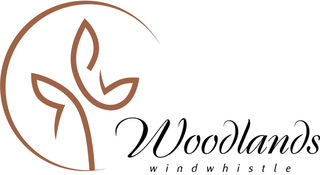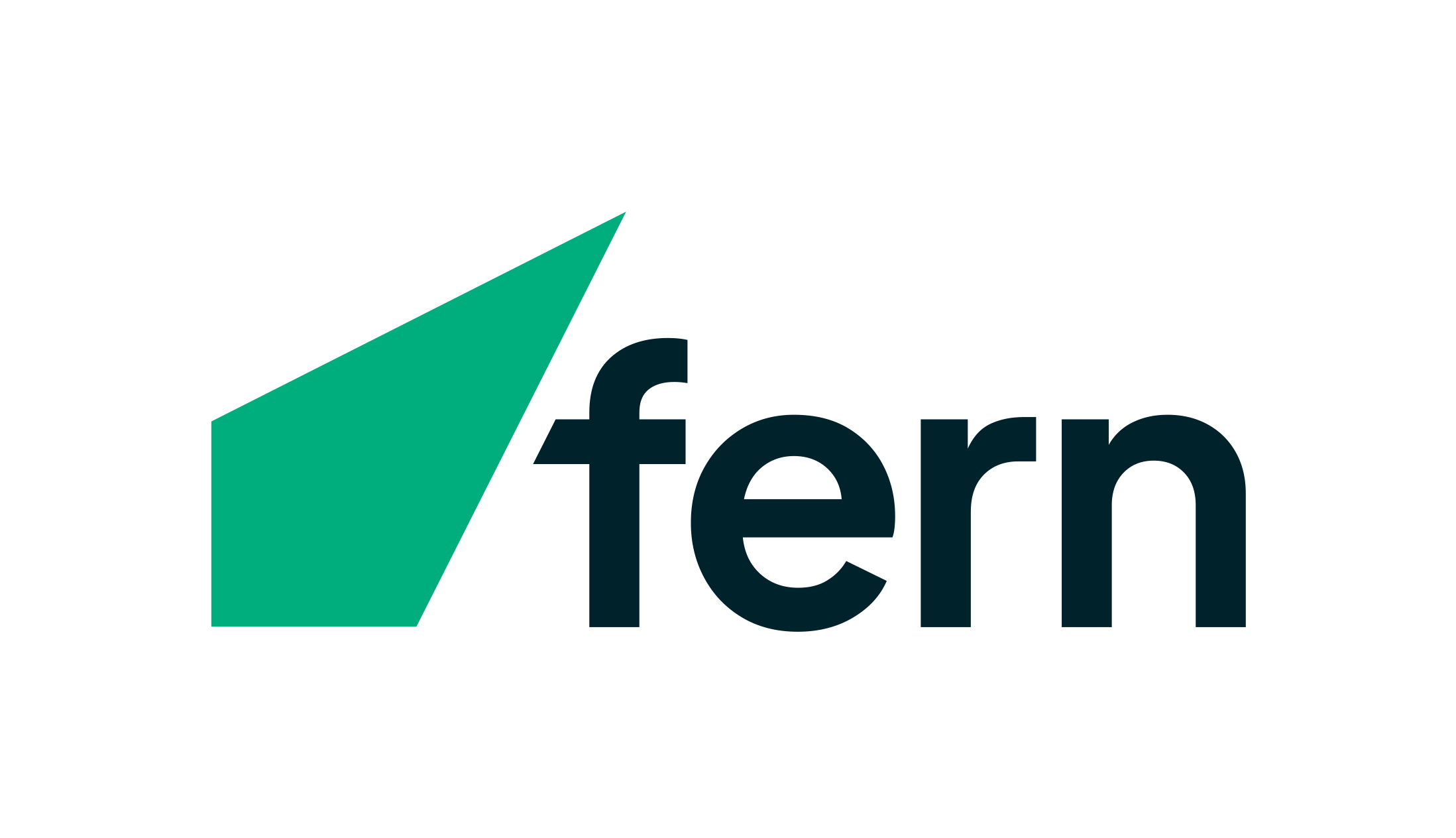Pioneer
John Cordy
‘Honest John’ Cordy was manager of Homebush for the Deans from 1854 to 1859. An Englishman, he arrived in Christchurch in 1851 and ran a small run near the Bridle Path where newly arrived hoof-stock could graze before moving on when their owners were ready.
On the 1st May 1854, John took over Homebush and was in charge of all the cattle, and also opened and ran a dairy on site.Cordy was also responsible for building the second Homebush Homestead which is pictured in many early photos taken by Dr. A.C. Barker during the 1860’s. The wood used came from Riccarton Bush. Other farm buildings went up during this time included a wooden stable.
Cordy resigned from his position in 1859 and went on to purchase his own farm known as the Hororata Station.
A story was told about John from his employees for many years concerning his first meeting with a Maori while walking the Bridle Path. Unsure of what to do, the two just stared each other. Suddenly John threw up his hands and shouted, “I’m Honest John Cordy from Suffolk. Is it peace or war? IS IT PEACE OR WAR!”
John is buried with among many other members of his family at the St John’s Anglican Church graveyard in Hororata, Canterbury.
This information is an extract from Discover the Delight of peeling back history CLICK HERE for more
On the 1st May 1854, John took over Homebush and was in charge of all the cattle, and also opened and ran a dairy on site.Cordy was also responsible for building the second Homebush Homestead which is pictured in many early photos taken by Dr. A.C. Barker during the 1860’s. The wood used came from Riccarton Bush. Other farm buildings went up during this time included a wooden stable.
Cordy resigned from his position in 1859 and went on to purchase his own farm known as the Hororata Station.
John is buried with among many other members of his family at the St John’s Anglican Church graveyard in Hororata, Canterbury.
This information is an extract from Discover the Delight of peeling back history CLICK HERE for more









